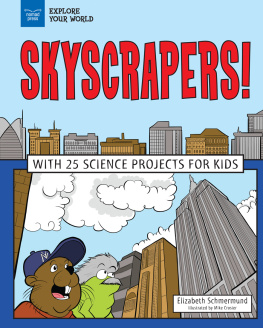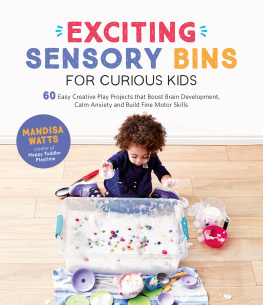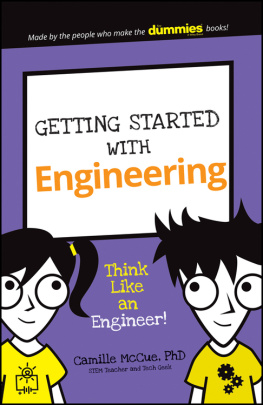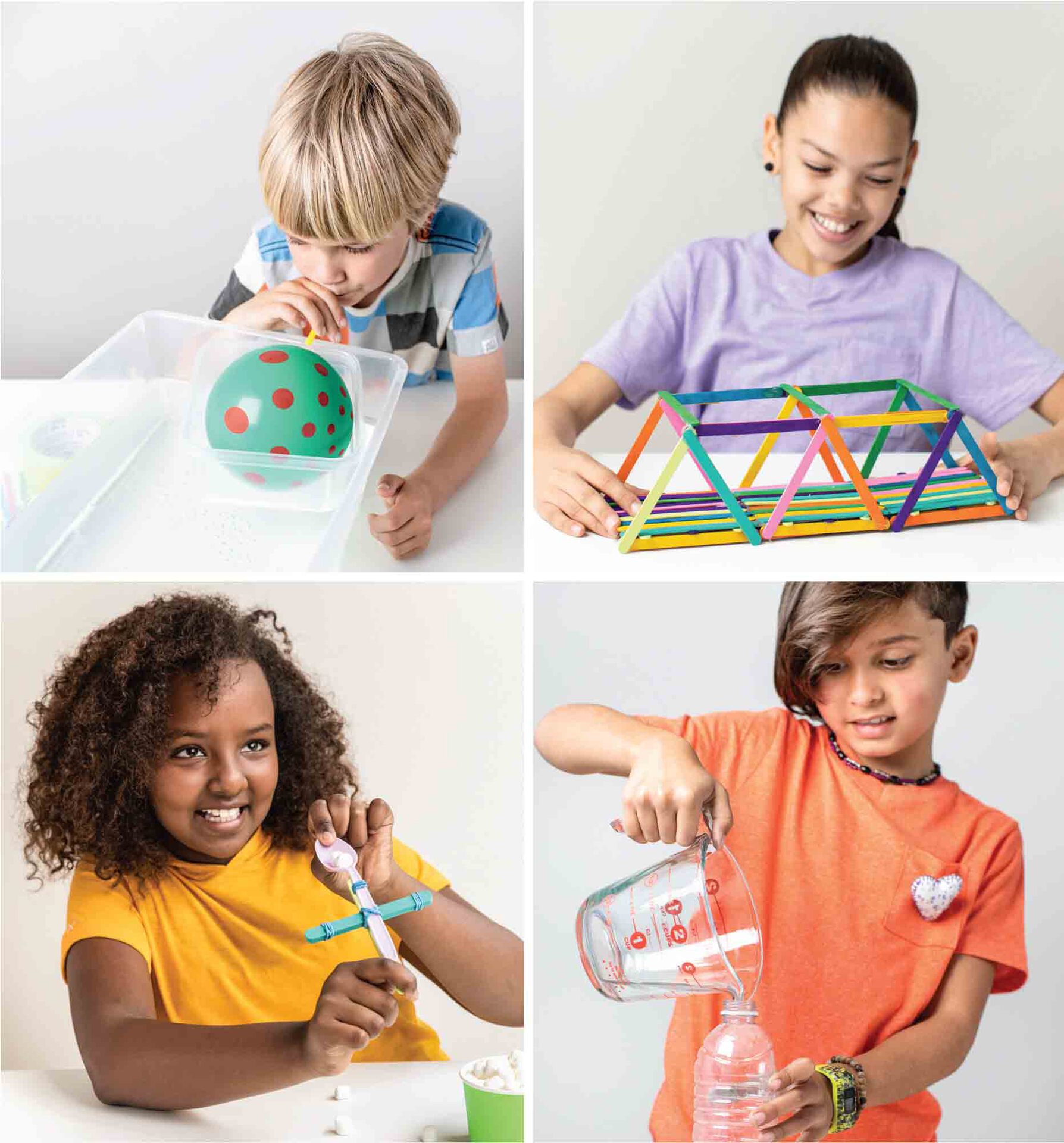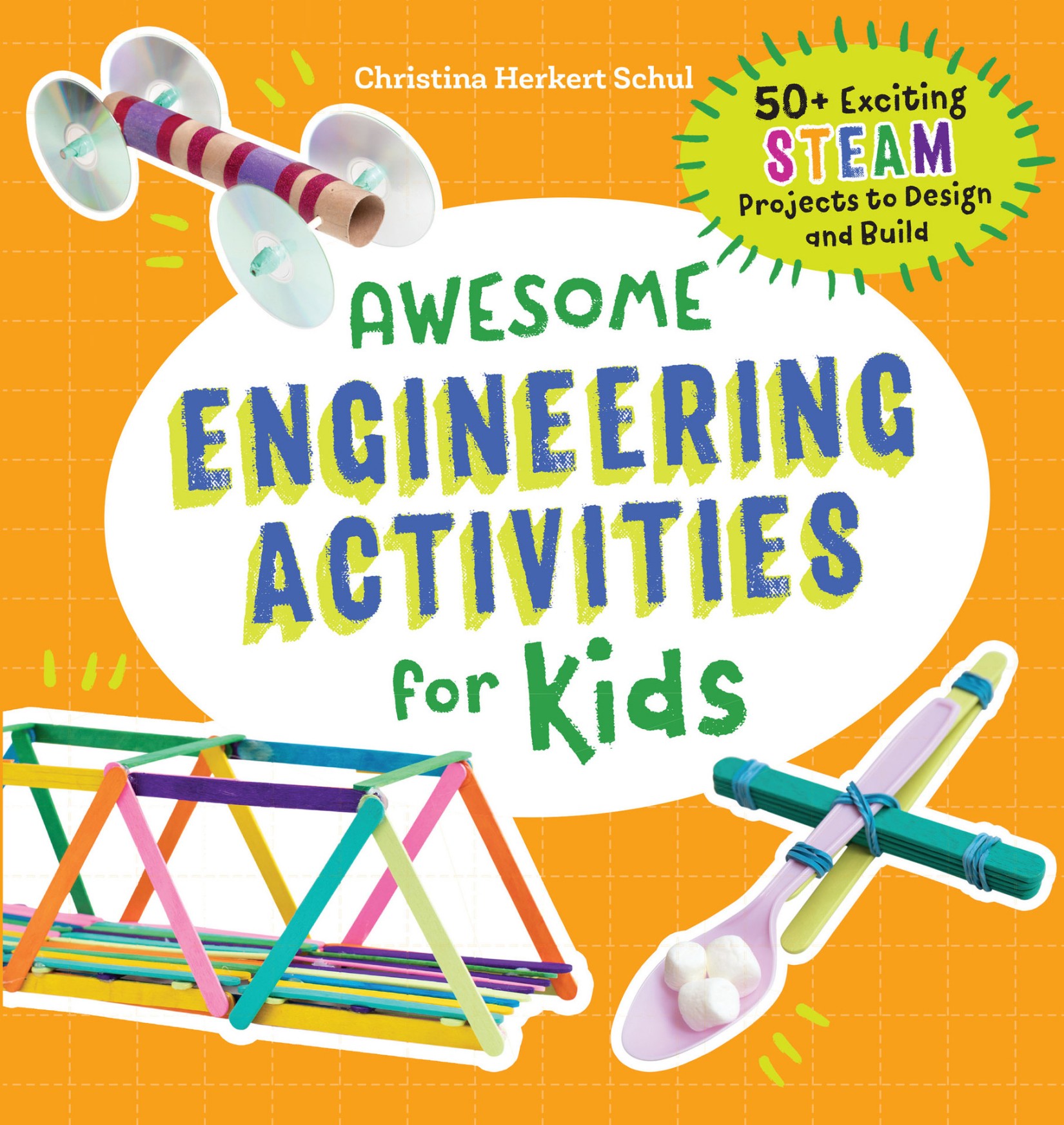
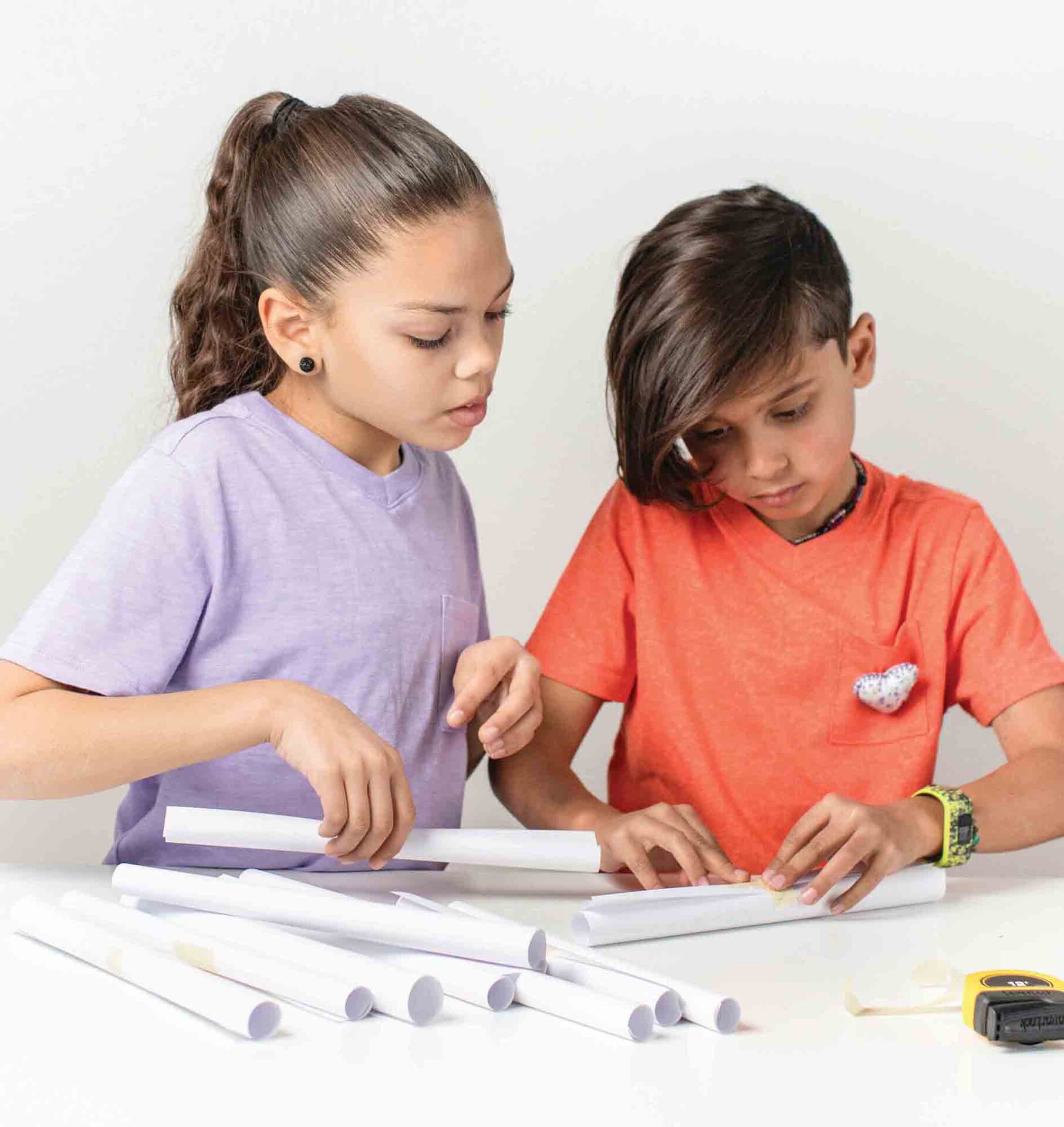
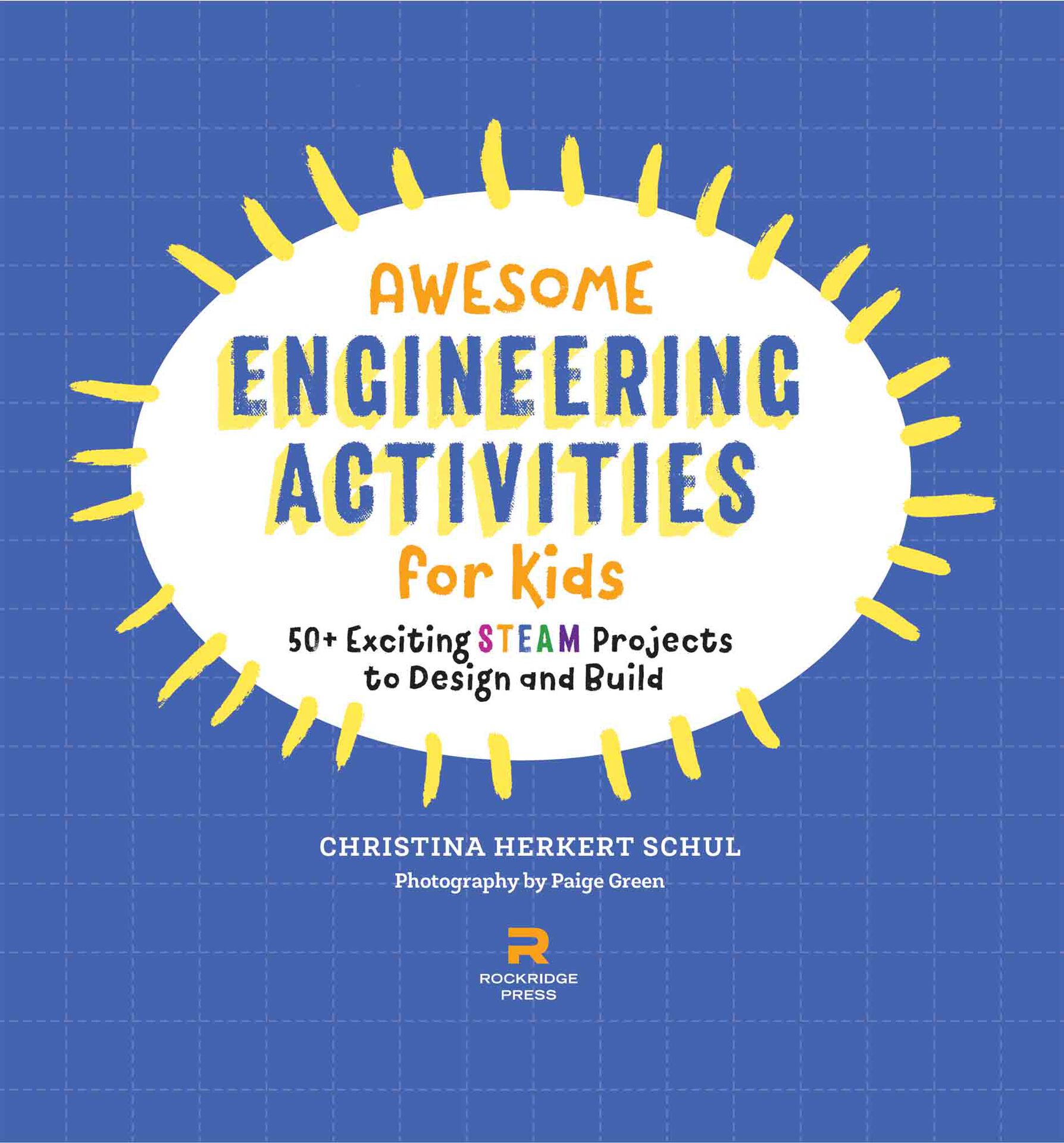
Copyright 2019 by Rockridge Press, Emeryville, California
No part of this publication may be reproduced, stored in a retrieval system, or transmitted in any form or by any means, electronic, mechanical, photocopying, recording, scanning, or otherwise, except as permitted under Sections 107 or 108 of the 1976 United States Copyright Act, without the prior written permission of the Publisher. Requests to the Publisher for permission should be addressed to the Permissions Department, Rockridge Press, 6005 Shellmound Street, Suite 175, Emeryville, CA 94608.
Limit of Liability/Disclaimer of Warranty: The Publisher and the author make no representations or warranties with respect to the accuracy or completeness of the contents of this work and specifically disclaim all warranties, including without limitation warranties of fitness for a particular purpose. No warranty may be created or extended by sales or promotional materials. The advice and strategies contained herein may not be suitable for every situation. This work is sold with the understanding that the Publisher is not engaged in rendering medical, legal, or other professional advice or services. If professional assistance is required, the services of a competent professional person should be sought. Neither the Publisher nor the author shall be liable for damages arising herefrom. The fact that an individual, organization, or website is referred to in this work as a citation and/or potential source of further information does not mean that the author or the Publisher endorses the information the individual, organization, or website may provide or recommendations they/it may make. Further, readers should be aware that Internet websites listed in this work may have changed or disappeared between when this work was written and when it is read.
For general information on our other products and services or to obtain technical support, please contact our Customer Care Department within the United States at (866) 744-2665, or outside the United States at (510) 253-0500.
Rockridge Press publishes its books in a variety of electronic and print formats. Some content that appears in print may not be available in electronic books, and vice versa.
TRADEMARKS: Rockridge Press and the Rockridge Press logo are trademarks or registered trademarks of Callisto Media Inc. and/or its affiliates, in the United States and other countries, and may not be used without written permission. All other trademarks are the property of their respective owners. Rockridge Press is not associated with any product or vendor mentioned in this book.
and Interior Designer: Stephanie Sumulong
Photo Art Director: Karen Beard
Editor: Susan Randol
Production Editor: Andrew Yackira
Photography 2019 Paige Green. Prop styling by Alysia
Andriola. courtesy of Gerald Schul II.
ISBN: Print 978-1-64152-369-1
eBook 978-1-64152-370-7
To my children,
Catelyn & Hunter.
Youve engineered your way into my heart.
I love you more than words can say.
Always follow your dreams.
CONTENTS
Hello, and welcome to Awesome Engineering Activities for Kids !
Do you know a child who is inquisitive and loves to build and explore? This book is perfect to help foster creativity and strengthen those natural engineering skills that all kids are born with. In this book, you will find 52 fun engineering projects for kids ages 510 that will challenge and delight them. Along the way, they will learn about engineering and its relationship to STEAM.
Ever since I was a little girl, I have loved teaching. (Just ask my younger brother, who had to sit through hours of playing school.) I studied to become a teacher, and earned my masters degree in education. I enjoy creating fun, hands-on learning activities and watching childrens faces light up when they get it. I am blessed to be able to do this every day with my own kids now that I am homeschooling.
I married into an engineering family. My husband is a computer engineer, and my father-in-law and brother-in-law are both engineers. My kids are surrounded by engineers, and we enjoy doing engineering activities together as a family. Its not unusual to find our kitchen table covered with the kids latest projects. From designing and building wooden dollhouses with secret passageways to gathering together on the living room floor with colorful plastic blocks, there is always some form of engineering going on at our house.
If you have school-age children, you are probably familiar with the acronym STEM (science, technology, engineering, math). The push to include art, to represent the importance of creativity and design, has led to the new acronym in the education world: STEAM (science, technology, engineering, art, math).
Engineering projects rely heavily on the various STEAM components. Mechanical engineers use science and math skills when developing safety harnesses for roller coasters. Computer engineers use technology and math on a daily basis. When civil engineers design new bridges, they use physics and math, and they incorporate art to design a bridge that is both functional and visually appealing. To help kids see the connection between engineering and STEAM, there is a brief explanation of the different STEAM components used for each engineering project in this book.
The projects in this book are fun! Kids will have the chance to design and build a variety of engineering projects that will strengthen their creativity and encourage them to be thinkers.
Each project has clear step-by-step instructions. Some projects will require an adults help, but many are ones that kids can accomplish on their own, which fosters independence and a sense of pride in their work.
Just as each project lists which STEAM components are involved, each also includes a section that explains the hows and whys behind it. This section is written in easy-to-understand language with children in mind. Kids can use what they learn from this section to design their own engineering projects in the future.
You likely already have many of the materials needed for these projects at home. Items you dont have will be inexpensive and easy to find. In fact, most materials can be found at a local dollar store.
You may want to gather the most frequently used items in this book and create your very own maker space. A maker space is an area that facilitates creativity. Having all the materials easily accessible in one place eliminates the need to search the house for just the right item.
You can easily tailor your maker space to fit your needs and the space you have. It could be something as simple as a large plastic bin in which you store craft sticks, pipe cleaners, tape, empty cardboard tubes, and other materials. Or, if space permits, it could be a kitchen cabinet or a bookshelf with plastic shoeboxes to help organize craft supplies and other building materials.
Along with the awesome activities in this book, you will find sidebars that feature real engineers talking about their field. These offer kids a glimpse into the life of an engineer, the lessons theyve learned, and some of their favorite projects.


